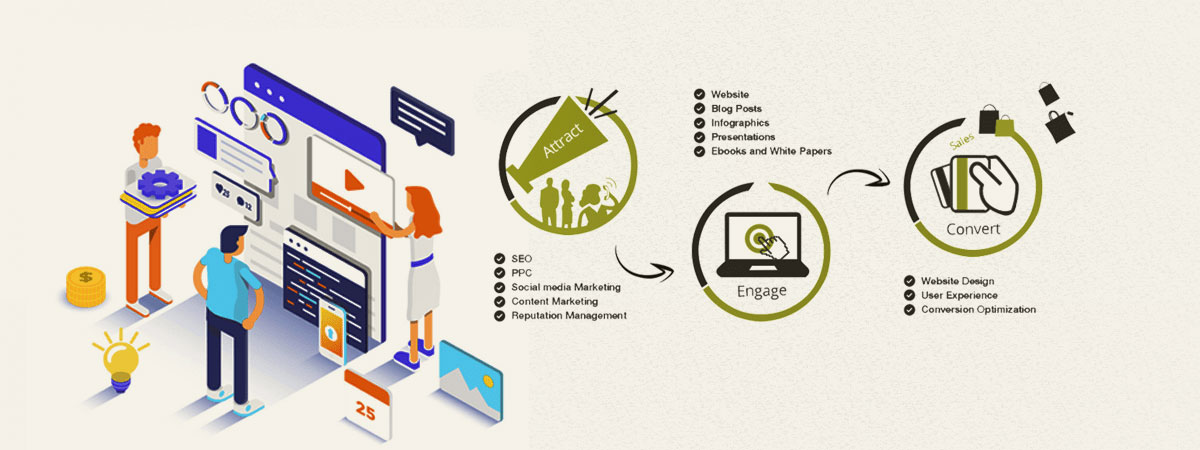The Development Of Web Site Design: From Earlier Times To Now
The Development Of Web Site Design: From Earlier Times To Now
Blog Article
Write-Up Writer-Hartley Molina
In the past, internet sites were basic and focused on information. Navigation was straight, and style was for desktop computers. Currently, individual experience is crucial. Information overviews designs for easy navigating. Receptive designs suit various tools. Today, dark setting decreases strain, and minimalist menus boost navigation. Interactive features engage customers, and bold visuals stand apart. AI integration enhances interaction. See how style has actually evolved to enhance your online trip.
Very Early Days of Web Design
In the early days of website design, simpleness reigned supreme. Sites were standard, with limited shades, font styles, and designs. The emphasis got on supplying details rather than fancy visuals. Customers accessed the web with slow dial-up connections, so speed and capability were key.
Navigation menus were straightforward, usually situated on top or side of the page. Internet sites were created for computer, as mobile browsing wasn't yet prevalent. Content was king, and developers prioritized very easy readability over intricate style elements.
HTML was the key coding language used, and designers had to work within its restrictions. Animations and interactive features were very little compared to today's criteria. Websites were fixed, with little dynamic web content or tailored user experiences.
Rise of User-Focused Layout
With the evolution of internet site style, a shift in the direction of user-focused style principles has actually become increasingly noticeable. Today, producing sites that prioritize user experience is vital for involving visitors and accomplishing organization goals. User-focused style involves understanding the requirements, choices, and behaviors of your target market to tailor the internet site's layout, web content, and features appropriately.
Designers currently conduct comprehensive research study, such as customer studies and functionality testing, to collect understandings and feedback straight from individuals. This data-driven method helps in producing instinctive navigating, clear calls-to-action, and aesthetically appealing user interfaces that resonate with visitors. By positioning the user at the facility of the design process, sites can supply an extra customized and pleasurable experience.
Receptive design has likewise emerged as a crucial aspect of user-focused design, ensuring that websites are maximized for numerous devices and display dimensions. This flexibility improves ease of access and use, dealing with the diverse methods individuals connect with web sites today. Fundamentally, the rise of user-focused design symbolizes a change towards developing electronic experiences that prioritize the requirements and expectations of the end individual.
Modern Trends in Web Design
Discover the current fads forming website design today. One popular fad is dark mode layout, supplying a streamlined and contemporary appearance while decreasing eye strain in low-light environments. One more crucial trend is minimal navigating, streamlining menus and boosting individual experience by focusing on essential elements. Including micro-interactions, such as animated buttons or scrolling effects, can develop an extra interesting and interactive website. Responsive design stays vital, making certain smooth user experiences throughout different tools. Furthermore, utilizing vibrant typography and asymmetrical designs can add visual rate of interest and accentuate details material.
Integrating AI modern technology, like chatbots for customer support or individualized recommendations, boosts user engagement and improves procedures. Access has also end up being a considerable fad, with designers prioritizing inclusive style practices to accommodate varied customer demands. Accepting sustainability by maximizing website performance for speed and performance is another emerging fad in website design. Teaming up with customer feedback and data analytics to repeat and enhance design continually is necessary for staying appropriate in the ever-evolving digital landscape. By embracing these modern trends, you can develop an aesthetically enticing, user-friendly site that reverberates with your audience.
Verdict
As you assess the evolution of web site style from the early days to now, you can see just how user-focused style has actually become the driving force behind modern trends.
Embrace the trip of adjustment and adjustment in website design, always keeping the customer experience at the center.
Remain current with the current trends and innovations, and never ever stop evolving your strategy to develop visually spectacular and straightforward web sites.
Develop, adapt, and produce - https://www.thebusinessdesk.com/yorkshire/news/2096041-agency-roundup-boutique-brain-fuud-wolfenden-and-more of web design remains in your hands.
